Mandarin Orange Tree 150CM
The Mandarin Orange tree, scientifically known as Citrus reticulata, is a small citrus tree that produces delicious and sweet citrus fruits. Here’s a detailed description of the Mandarin Orange tree along with care tips:
Mandarin Orange Tree 150CM Appearance:
Mandarin Orange trees are generally small to medium-sized, reaching heights of 6 to 15 feet (1.8 to 4.5 meters). There are also dwarf varieties available for smaller spaces or container gardening. The leaves of the Mandarin Orange tree are glossy, ovate or lanceolate in shape, and dark green in color. They emit a citrus fragrance when crushed.Mandarin Orange trees produce fragrant white flowers with five petals. The flowers are usually found in clusters and have a pleasant aroma.The Mandarin Orange fruit is small to medium-sized, round or slightly flattened, with a smooth and thin skin. The skin color ranges from orange to deep red. The segments inside are easy to peel, and the flesh is juicy, sweet, and flavorful.
Mandarin Orange Tree 150CM Care Tips for Mandarin Orange Trees:
Mandarin Orange Tree 150CM Sunlight:
Mandarin Orange trees thrive in full sun. They require at least 6 to 8 hours of direct sunlight each day to produce optimal fruit.
Mandarin Orange Tree 150CM Temperature:
Mandarin Orange trees are best suited for subtropical and tropical climates. They prefer temperatures between 55°F and 85°F (13°C and 29°C) but can tolerate slightly colder or hotter conditions.
Mandarin Orange Tree 150CM Soil:
Well-draining soil is essential for Mandarin Orange trees. They prefer slightly acidic to neutral soil with a pH range of 6.0 to 7.5. Amend heavy clay or sandy soils with organic matter to improve drainage.
Watering:
Mandarin Orange trees need regular watering, especially during dry periods. Water deeply, allowing the soil to slightly dry out between waterings. Avoid overwatering or letting the tree sit in standing water.
Fertilization:
Feed Mandarin Orange trees with a balanced citrus fertilizer or a slow-release fertilizer specifically formulated for citrus trees. Apply fertilizer in early spring and late summer according to the package instructions.
Pruning:
Prune your Mandarin Orange tree to remove dead, damaged, or crossing branches. Pruning can also help maintain the tree’s shape and improve airflow. Do this in late winter or early spring before new growth emerges.
Pest and Disease Control:
Monitor your Mandarin Orange tree for common citrus pests such as aphids, scale insects, and citrus leaf miners. Treat infestations promptly using appropriate organic or chemical controls. Watch for diseases like citrus canker or citrus greening and take appropriate measures to manage them.
Harvesting:
Mandarin Oranges are typically harvested when they reach full color and are easily detached from the tree. They are often harvested by hand, gently twisting or cutting the fruit from the stem.
Remember to consider your specific location, climate, and the particular variety of Mandarin Orange tree you have when implementing care practices. Local gardening resources and experts can provide valuable advice tailored to your specific conditions.

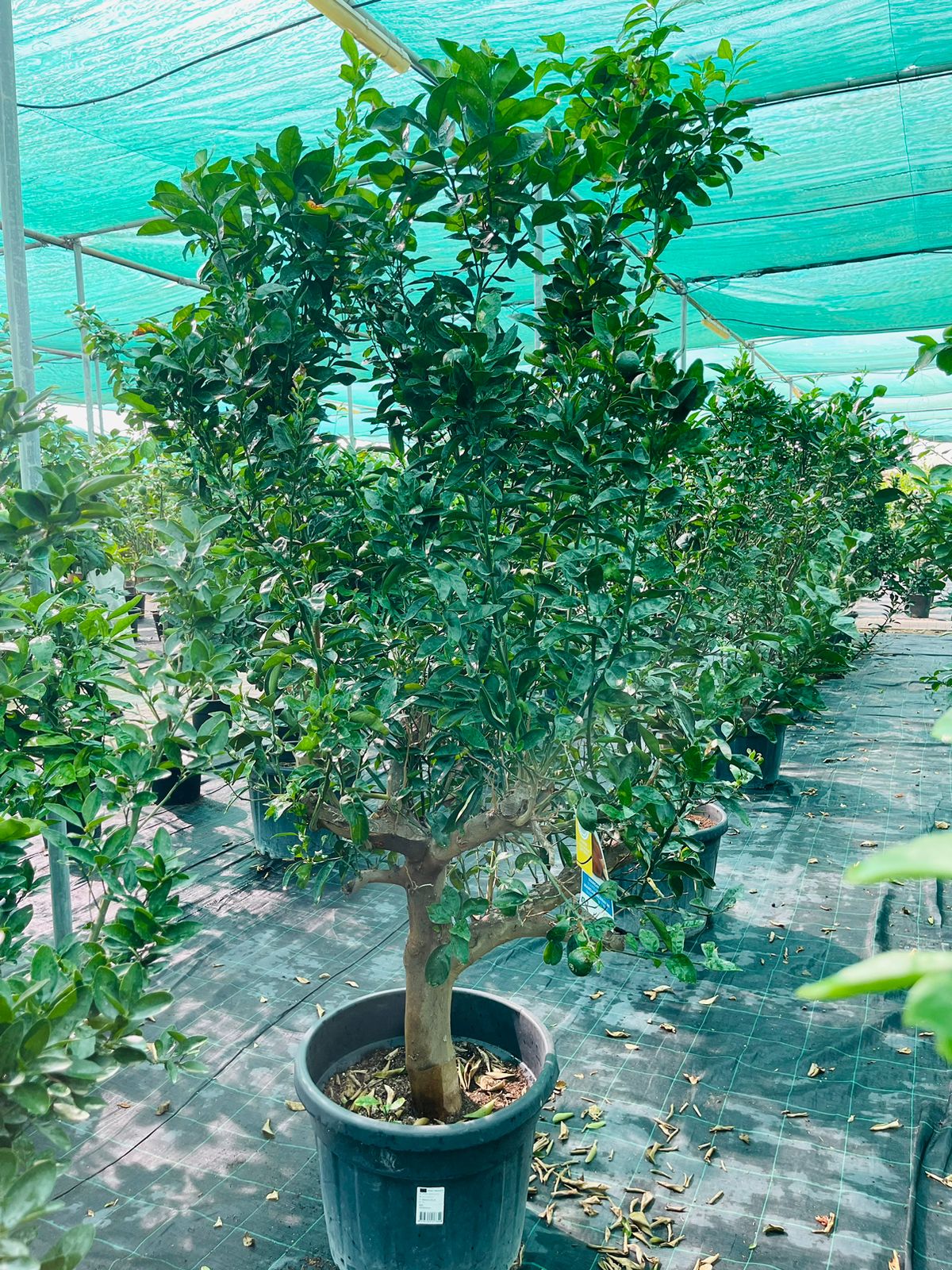
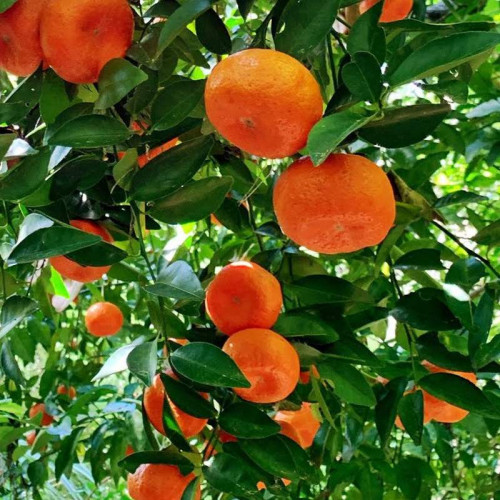
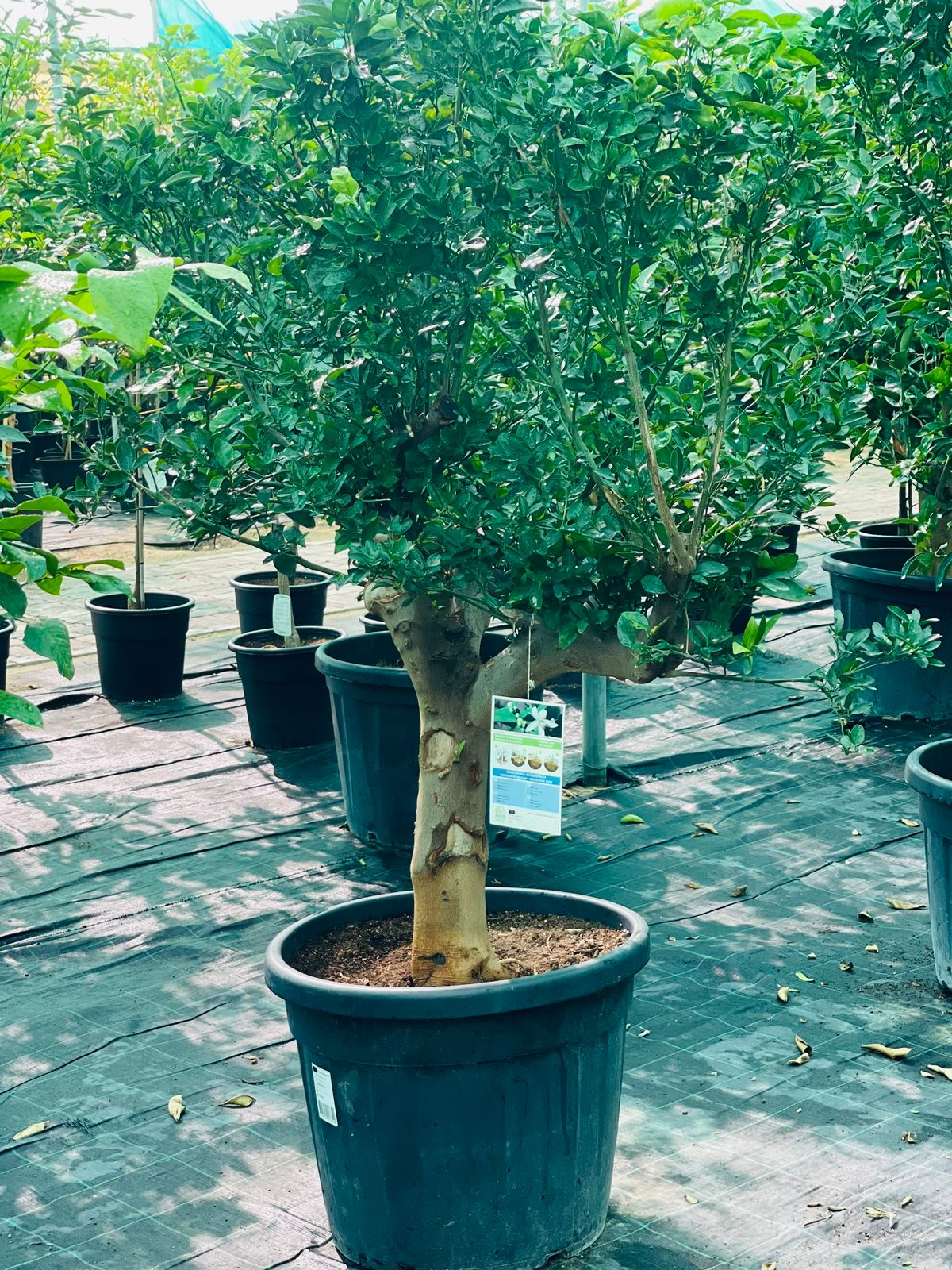
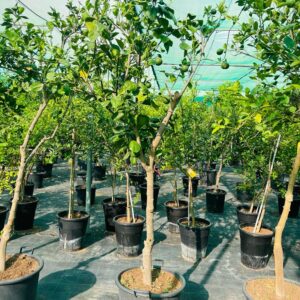
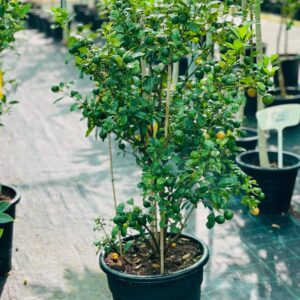

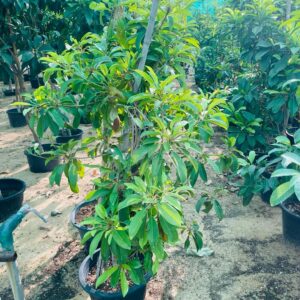
Reviews
There are no reviews yet.